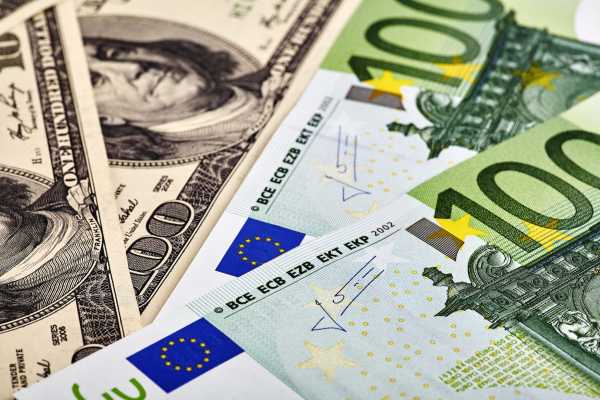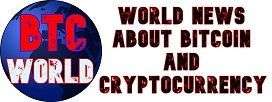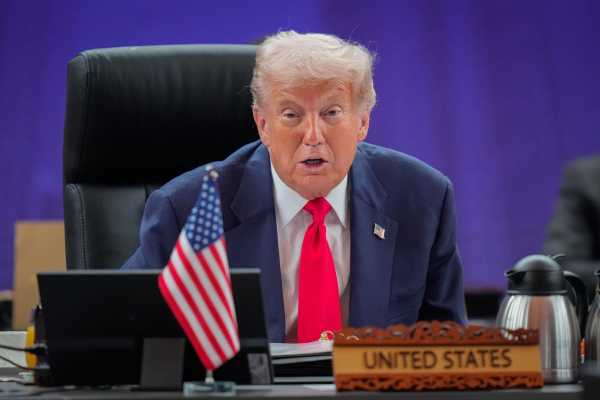Euro Stabecoins: How to catch up with the US dollar

The euro is the world's second-largest reserve currency – yet it has played a negligible role in the stablecoin market so far. While US dollar tokens like Tether and USDC dominate the market, the euro remains a niche player. In an interview with BTC-ECHO, AllUnity CEO Alexander Höptner explains why this is the case – and what steps are necessary for Europe to catch up in the global stablecoin competition.
No need in the internal market – but in cross-border settlement
Höptner sees no benefit for everyday use within the Eurozone: “There's no need for a euro stablecoin for payments within the Eurozone. SEPA is cheap, fast, and works.”
The situation is different in international business. This is where the real problem becomes apparent: “As soon as we make cross-border payments, a structural deficit becomes apparent: funds still take an average of three to five days to arrive.” This is precisely where AllUnity sees the leverage to position stablecoins as a fast, transparent, and cost-effective alternative to SWIFT.
Euro stablecoins massively underrepresented
“The euro is massively underrepresented as a token, despite being the second-largest reserve currency,” says Höptner. “Our vision is to establish a leading euro stablecoin as a cornerstone for global payments.”
The underrepresentation has historical reasons: The dollar is considered the reserve currency in global trade, the stablecoin industry began in the US – and liquidity attracts liquidity. “Anyone who trades with the US uses US dollar stablecoins. The euro has simply been lost in this regard.”
Regulation: No disadvantage for Europe
While the Genius Act is introducing stablecoin regulation in the US, MiCA is already considered a binding framework in Europe. Many see this as a competitive disadvantage, but Höptner disagrees: “If we look at the regimes around the world, they are certainly comparable to MiCA. Interest rate bans, reserve requirements, capital requirements – the direction is similar. The problem in Europe is less the rule itself, but rather the disruptive fire that creates uncertainty. We should implement it consistently now.”
For CFOs of large companies, this means that legal certainty in Europe could ultimately even become a location advantage.
Market consolidation inevitable
Höptner is relaxed about the fact that there are currently numerous euro stablecoin experiments: “Not all of them will deliver the quality required for real payments. These projects will disappear again.” Standards and ratings are crucial, similar to those for traditional currencies. “Jurisdiction, reserves, governance: Companies are taking a close look.”
Euro stablecoins as a geopolitical tool
In addition to their commercial uses, stablecoins also have a political dimension. “It would be short-sighted not to consider stablecoins from a geopolitical perspective,” Höptner emphasizes. The background: By being deposited in government bonds, stablecoin reserves can contribute to government financing—an option that is becoming increasingly important given the high levels of debt in Europe.
“If the US or other countries back government bonds with stablecoin reserves, Europe should at least keep this option open – within a stable regulatory framework,” Höptner said. A European stablecoin could become a strategic source of financing, especially in the context of planned growth and defense funds.
Vision: From niche player to cornerstone
Ultimately, for AllUnity, it's about nothing less than Europe's strategic role in global payments. “Our goal is to establish the leading euro stablecoin worldwide,” says Höptner. “If we want to achieve this, we need to build liquidity, create regulatory clarity, and, above all, convince the real economy. Only then can the euro play the role it truly deserves in the stablecoin market.”
Recommended Video: Crypto Comeback? Bitcoin & Co. Depend on the US Federal Reserve!




